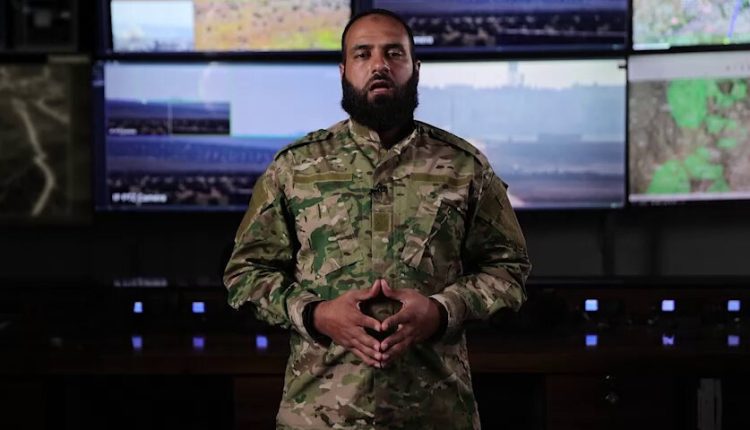Syria’s Military Administration Dissolves Army, Parliament, and Abolishes 2012 Constitution
By Kardo Roj
DAMASCUS, Syria (North Press) – The Military Operations Administration in Syria announced on Wednesday the dissolution of the army, security agencies, and the parliament, marking the most dramatic shift in the country’s governance since the fall of the previous regime. The announcement was made during the highly anticipated “Victory Speech” by Hassan Abdelghani, the administration’s spokesperson.
Abolishing the Old Regime
Abdelghani declared that all military and security institutions previously loyal to the old regime were officially disbanded. He further abolished the 2012 Syrian constitution, effectively nullifying the previous legal framework governing the country.
“Today marks the beginning of a new era,” Abdelghani said. “The Syrian people will no longer be ruled by oppressive structures of the past.”
As part of this sweeping change, the Ba’ath Party, which had ruled Syria for decades, was officially dissolved, along with its affiliated organizations and institutions. Abdelghani emphasized that no political entity associated with the former regime would be allowed to re-establish itself under a different name.
“All assets and properties belonging to the Ba’ath Party and its affiliated entities will be transferred to the state,” he confirmed.
Ahmed al-Sharaa to Lead the Transition
The announcement also confirmed Ahmed al-Sharaa as the official leader of Syria’s transitional phase. Sharaa will now serve as Syria’s representative in international forums, leading efforts to stabilize the country and oversee political and institutional reforms.
A temporary legislative council will be established to govern the country until a new constitution is drafted and implemented.
“This transition is not just about governance—it’s about rebuilding Syria from the ground up,” Abdelghani stated.
The Fate of Armed Groups and Revolutionary Bodies
In another major move, Abdelghani declared the dissolution of all armed factions and political-revolutionary bodies, stating that they would be integrated into state institutions.
This decision aims to end the fragmentation of armed forces in Syria, which has contributed to years of instability and conflict. However, questions remain over how different military factions will be incorporated into the new national framework.
What This Means for Syria’s Future
The Military Operations Administration’s decision to dismantle Syria’s previous political and security structures represents the most radical restructuring of the country in decades. The move is expected to face both domestic and international scrutiny, especially as foreign powers—including Russia, Iran, and Turkey—have vested interests in Syria’s political and military landscape.
Political analysts say these steps indicate a strong push for centralization and state control, but whether this transition will be inclusive and democratic remains uncertain.
Regional reactions have been mixed:
- The UN and European governments have urged the new administration to prioritize an inclusive transition process that respects international law.
- Turkey and Iran have yet to release official statements, but analysts expect they will closely monitor how the dissolution of Syria’s military factions impacts their interests.
- Jordan and Iraq have signaled willingness to cooperate with the new Syrian leadership on security and economic matters.
Challenges Ahead
While these sweeping reforms mark the end of an era, Syria faces immense challenges moving forward:
- Security concerns: Integrating thousands of fighters from different factions into a unified structure will be difficult.
- Political stability: The dissolution of parliament leaves a power vacuum that the temporary legislative council must quickly fill.
- International diplomacy: Syria’s new leadership must navigate regional and global tensions while seeking recognition and legitimacy.
The Road Ahead
The next few months will be crucial in determining whether Syria’s transition will lead to a stable and unified nation or whether new conflicts will emerge from the restructuring. The formation of a new constitution, a functioning government, and a national security framework will be key indicators of the country’s future trajectory.

